'Failure': DOJ's scathing Uvalde school shooting report criticizes law enforcement response
- Oops!Something went wrong.Please try again later.
UVALDE, Texas – The U.S. Justice Department released its long-awaited report into the worst school shooting in Texas history on Thursday, calling the delayed response by law enforcement a "failure" with no one taking full command to stop the gunman who slaughtered 19 students and their two teachers.
The report described a chaotic scene where there was no command and control by officers – during a period when children were calling 911 for help – and also put blame on the school's police chief who tried negotiating with a killer who had already shot his way into the classroom, but also had his officers go search for keys to unlock the classrooms.
To compile the 575-page report – released just blocks from the May 24, 2022, mass shooting at Uvalde’s Robb Elementary School – the DOJ’s team collected and reviewed more than 14,000 pieces of data and documentation, including training logs, audio, video, CCTV, photographs, personal records and investigative records. On the ground, federal investigators conducted more than 260 interviews of people involved or affected, including police officers, elected officials, hospital workers and survivors.
"Law enforcement response and Robb elementary school on May 24 and in the hours and days after was a failure that should not have happened," Attorney General Merrick Garland told reporters and Uvalde community members at a news conference explaining the department's findings in the town's civic center. "We hope to honor the victims and survivors by working together to try to prevent anything like this from ever happening here or anywhere."
What you need to know: DOJ to release Uvalde school shooting report Thursday
In its exhaustive analysis of the top-to-bottom failures by law enforcement that combined to make the shooting one of the worst in history, the report aims not only to help prevent further shootings, but also to guide, unflinchingly, the next American community to face a similar tragedy on how to best respond.
The Uvalde victims' families were first provided a copy of the report ahead of its official release Thursday morning, a DOJ official confirmed to the Austin American-Statesman, part of the USA TODAY Network.
“The goal is that this report provides answers to those directly impacted, while also conveying recommendations and lessons learned to the nation," the report states.
The release of the report, which was conducted at the request of former Uvalde Mayor Don McLaughlin and available in Spanish, capped an emotional two days in Uvalde, a city of about 15,000 that was catapulted into the nation’s consciousness because of the shooting's brutality and the breakdown of standard law enforcement procedures when responding to an ongoing shooting with lives hanging in the balance.
Authorities say U.S. Border Patrol agents eventually killed the shooter – and not the hundreds of state and local law officers who swarmed to the school, who gunned down 19 children and two teachers and left 17 other children and adults wounded. Investigators have refused to release the autopsy results of the shooter to confirm that he indeed was killed by authorities.
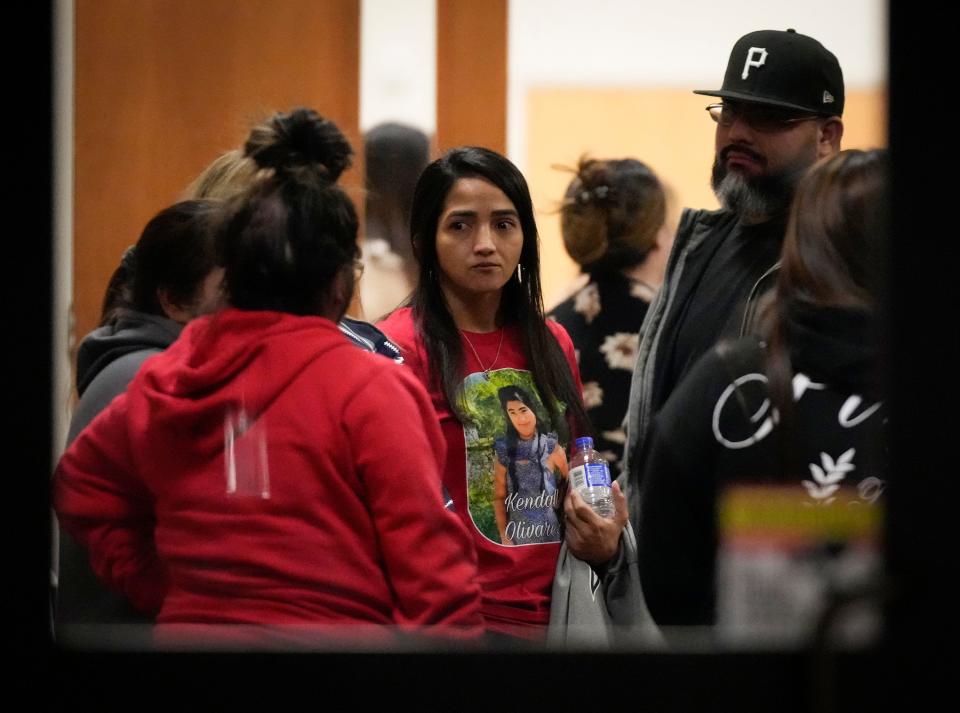
According to the report:
Eleven officers from the Uvalde school district and Uvalde Police Department arrived on the scene within three minutes of the shooter’s entry into the school. Five advanced initially and two were hit by shrapnel. Police made three attempts to enter the classrooms, which are adjoined by an interior door.
Pete Arredondo, then the chief of the Uvalde school police department, "directed officers at several points to delay making entry into classrooms in favor of searching for keys and clearing other classrooms,” the report found. He also tried to negotiate with the shooter, and treated him as a barricaded subject instead of a continuing threat to children and school staff, the report says.
Victims who had died were put on ambulances and sent to hospitals while injured students were evacuated in buses. One adult victim was placed on a walkway on the ground to be attended to. She died there.
"The report concludes that had law enforcement agencies followed generally accepted practices and gone right after the shooter to stop him, lives would have been saved and people would have survived," Garland said.
Garland’s team of investigators, which included several veteran or retired law enforcement executives, interviewed 267 people, including victims’ family members and survivors, first responders and medical caregivers.
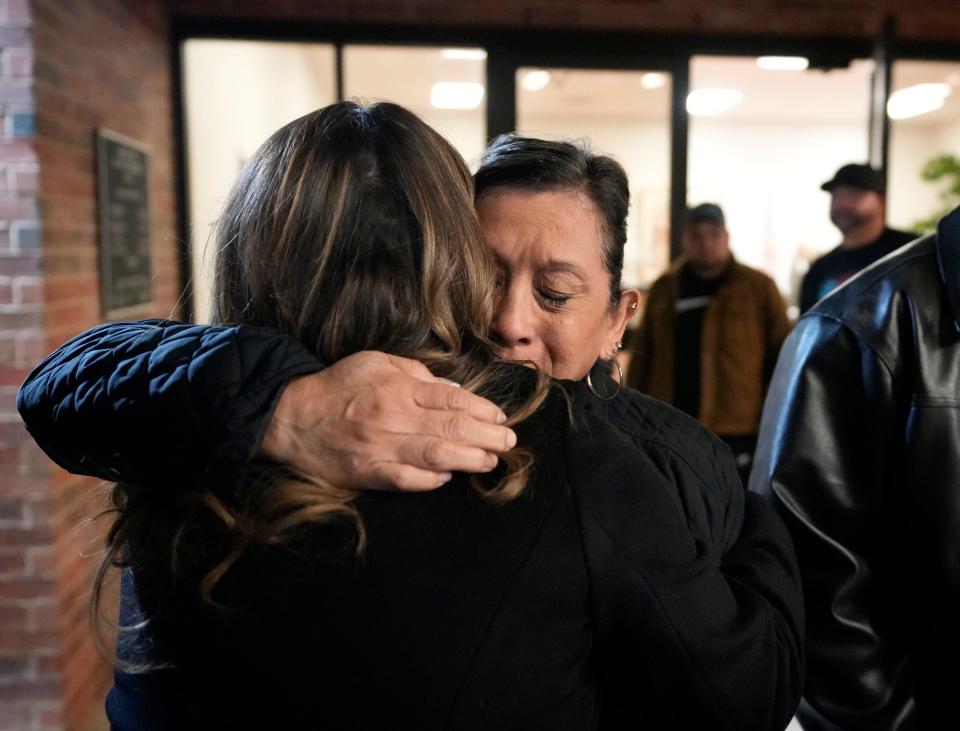
Each of the eight chapters – the attack’s timeline, tactics and equipment, leadership, post-incident response and investigation, public communications around the crisis, trauma and support services, school safety and pre-incident planning – ends with a list of recommendations and observations.
One says the reporting of investigative journalists and reporters “became the main source of information, and their reporting served as the accountability measure for the victims, families, and the community due to a lack of open and transparent information from government officials."
Garland, who was joined by Associate Attorney General Vanita Gupta and Hugh Clements, who led the team that developed the report, said the events at Robb Elementary and during the weeks and months since tore deeply into the heart and soul of the tight-knit community west of San Antonio.
"Responding officers, who lost loved ones and still bear the scars, deserved better leadership," Garland said in a tone that was both measured and emotional. "Our children deserve better than to grow up in a country where an 18-year-old has access to a weapon that to a weapon that belongs on battlefield, not in a classroom."
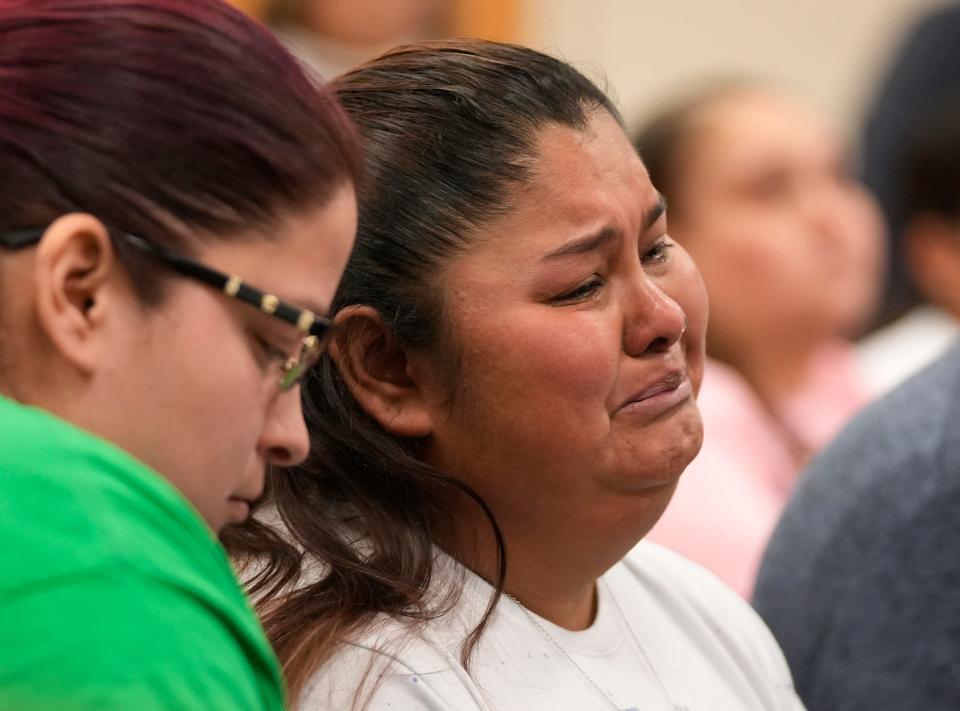
Garland spoke with incredulity as he ticked off the events inside the classroom as officers waited 75 minutes to finally confront the shooter and two minutes more before killing him. Equally puzzling, the attorney general said, was treating the shooter as a "barricaded subject."
"This was the most significant failure," Garland said. "That failure meant that law enforcement officials prioritized a protracted evacuation of students and teachers in other classrooms, instead of immediately rescuing the victims trapped with the active shooter.
"It meant that officials spent time attempting to negotiate with the subject, instead of trying to enter the rooms and confront him. It meant that officials asked for and waited for additional responders and equipment, instead of following generally accepted active shooter practice and moving toward the shooter with the resources they had."
Several of the family members commended Garland for his empathy and for the depth of his office's inquiry into the response. But the report didn't address their most pressing concerns about lax gun regulations, which they said continue to put students at risk. It also doesn't give them the accountability they have sought for the officers who left their children to die and kept parents waiting outside the building during that agonizing 77-minute period.
"The families didn't need a 400- or 500-page report to tell them that law enforcement failed them," Josh Koskoff, a lawyer representing 17 of the families, told reporters. "Some had AR-15s pointed at them when they tried to help where law enforcement wouldn't."
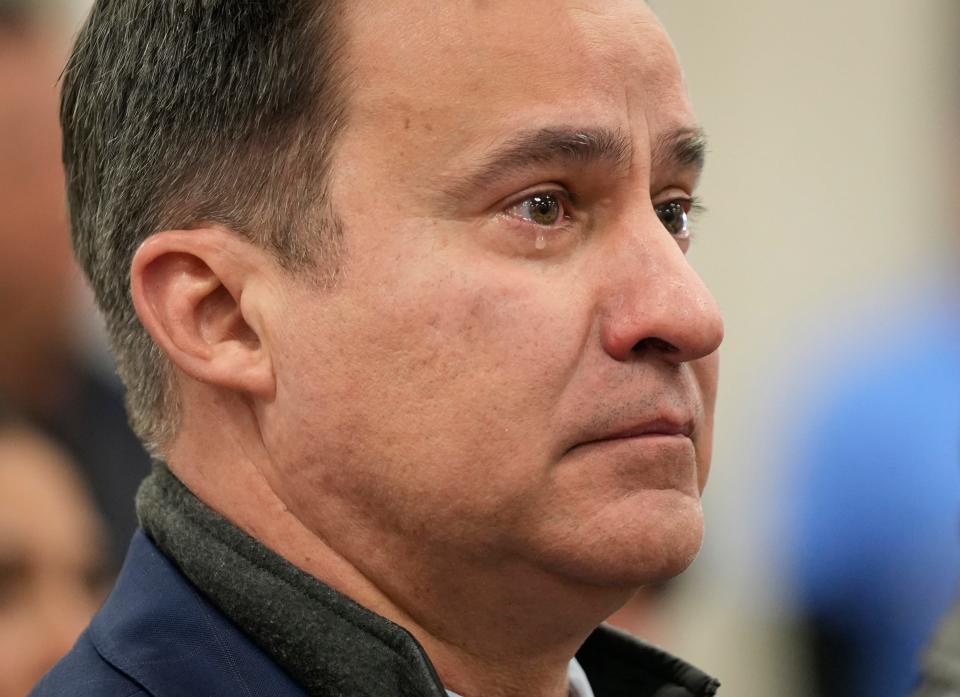
State Sen. Roland Gutierrez, a San Antonio Democrat whose district includes Uvalde, said the DOJ report offers more clarity than he’s seen from the Texas Department of Public Safety.
“At least we know it’s not DPS bulls---, half truths and lies,” said Gutierrez, the Legislature’s most vocal critic of the law enforcement response at Robb Elementary and who is seeking the 2024 Democratic nomination for U.S. Senate.
Like the Texas House report released in July 2022, the DOJ report includes profiles of each of the 19 children and two teachers killed.
One young victim’s name is “Heaven spelled backwards”; Makenna loved “Bailey the dog, Porkchop the pig, Twitty the steer, and Dude the horse” at the 4-H club; Jacklyn "Jackie" Cazares dreamed of traveling to Paris, the profiles say.
Not new revelations, perhaps. But humanizing details, centered in the first appendix to the report and accentuated with brightly colored photos of their muraled likenesses in the city they lived and died in.
The Robb Elementary shooting was the deadliest at a Texas school and became one of the most epic law enforcement failures in American history.
As grief-stricken and frightened parents gathered outside the school that day, social media videos showed them begging officers to go inside and rescue their children. About 77 minutes passed before a U.S. Border Patrol team took down the gunman, armed with an AR-15-style assault rifle.
Video showed the shooter walking into Robb Elementary and moving directly to a classroom where he immediately opened fire. Officers arrived within minutes and attempted to enter the room. They dispersed when the shooter returned fire, and police did not attempt to enter the classroom for more than hour – even after four more gunshots were heard from inside the classroom.
Immediately after the shooting, officials, including Gov. Greg Abbott and U.S. Homeland Security Secretary Alejandro Mayorkas, told a story of police heroism and said more children would have died without a swift law enforcement response.
That story began falling apart days later – and was completely dismantled when the American-Statesman published a video from inside the school showing law enforcement standing in the hallway, looking at floor plans and talking on the phone but not entering the classroom.
At Abbott's event in the the Capitol on Thursday to celebrate the Texas Rangers' first every World Series victory last year, several reporters were denied access out of concern that questions about Garland's report would outshine the Major League Baseball club's accomplishment. The governor later issued a statement thanking the Justice Department for its work.
During last year's legislative session, lawmakers required school districts to place armed guards in schools and to boost training for staff members to identify students with mental health issues.
"We will continue to evaluate all possible means of making our schools safer, and we will carefully review all other recommendations the Department has offered to prevent future tragedies across our state," Abbott said in his statement.
The DOJ report highlights several missteps in the Uvalde tragedy. “Unfortunately, several of the speakers at the news conference shared what turned out to be inaccurate information,” the report says. “Both the Governor and TXDPS Director McCraw suggested that a UCISD officer had engaged with the shooter outside the school. That turned out to be false.
“When an organization makes a mistake, it must admit that error publicly as quickly as possible. Human errors are not an indictment of the entire organization but an admission of bad decision-making at that moment.
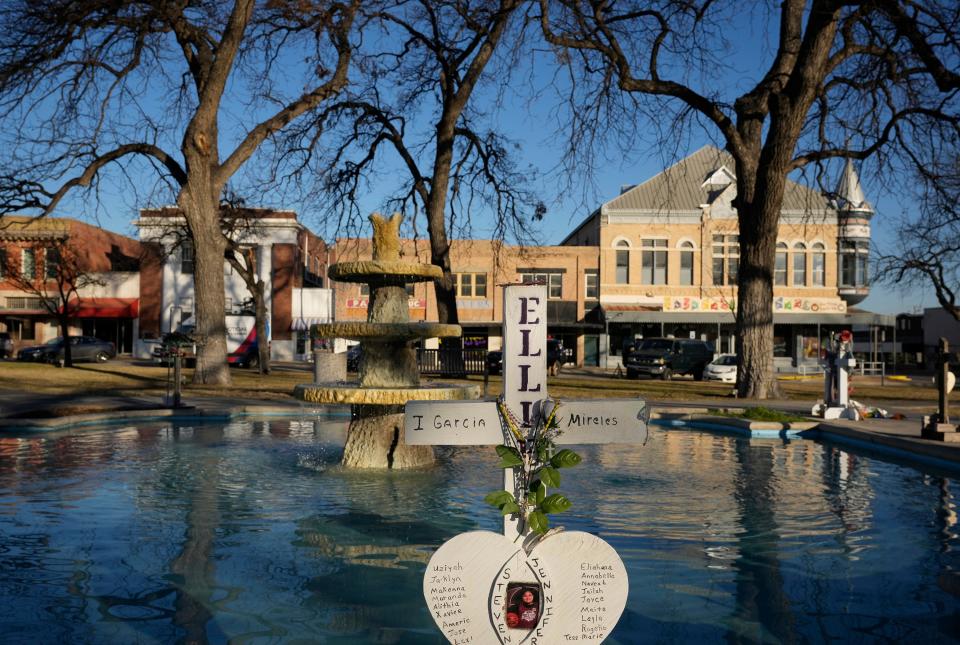
“In Uvalde, not only did it take 4 days for the real story to emerge, but the perpetuation of a different storyline appeared to feed a perception held by some that law enforcement will 'circle the wagons' to protect its own versus doing the right thing by the community members they serve.”
A report by a Texas House select committee months after the shooting cited "systemic failures and egregious poor decision making," including school officials who did not prepare properly for a shooting and police who failed to follow training for active shooters.
All told, fewer than 10 law enforcement officers are known to have either resigned or been fired after the shooting, the most-known of whom was Arredondo, who was dismissed by the district about three months after the shooting.
The investigative case file from the shooting has not yet been publicly released, although portions have been disclosed through the media. A media consortium, including the Statesman, has joined other organizations in suing the Texas Department of Public Safety for the file, but the agency has appealed a district court ruling ordering its release. The appeal has not yet been adjudicated.
Alfred Garza III, whose his only child, Amerie Jo Garza, was among the Uvalde dead, said he takes comfort from the report and appreciates the effort that brought it to public attention.
"I hope that people open their eyes and they do things that they should have done a long time ago. I’m at peace with my loss," he said. "And I think that’s more significant than even the accountability part. I believe that time will tell."
Contributing: Hogan Gore
This article originally appeared on Austin American-Statesman: Scathing Uvalde school shooting report released calls response failure

